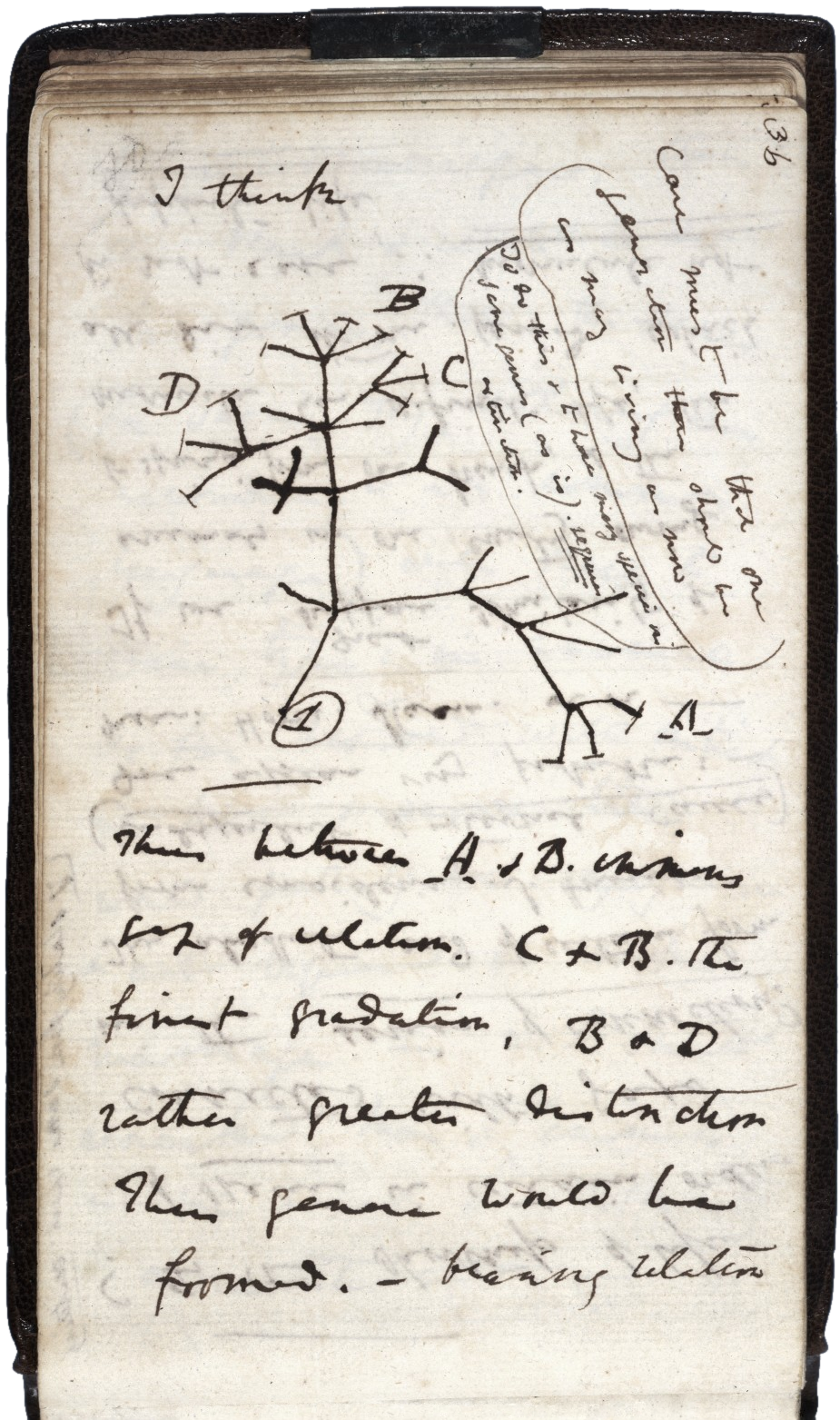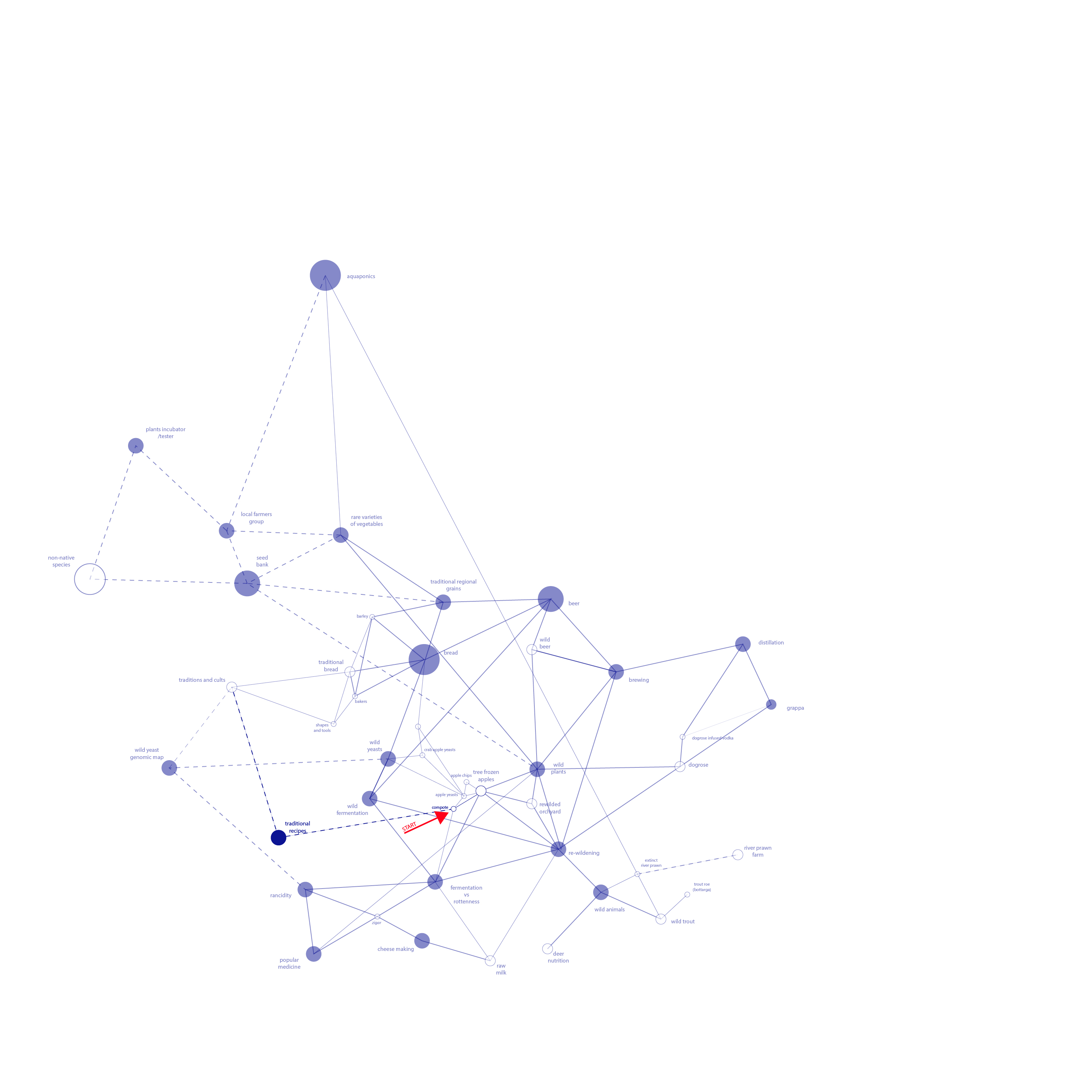an idea of archive
The _archive is the core reservoir of stimula for future _explorations and _explorers. Both the _raw material and the _projects developed from it flow into here.
It has two dimensions:
physical, resident into the _lab to be accessible to future teams and local people, or visitors. It can be seen as a permanent evolving exposition. The result of my curational work.
digital, to allow people from all over the world to access it and contribute with new knowledge and ideas, sharing solutions.
the archive structure and information flow strategy in the digital archive

To deal with a growing number of information requires to set a proper strategy. The crucial aspect of the information, more than collecting it, is, in fact, to be able to make it accessible. There is no point in having thousands of data and not being able to recollect them or make people search through them. The way the user interacts with the information is determined by how the navigation is designed. The first model we explored was the very basic structure most people use to organise ideas: the tree structure. From the main trunk or a few ones, some branches divide into more branches multiplying themselves at each level. This is actually a very efficient method when dealing with defined pieces of information that could be organised on different levels according to the degree of their definition or specialisation. It is the main model for most of the information we go through every day, from the navigation of our computer to the content of a book. The most popular softwares to design and organise ideas or systems are based on this structure.
However, as already experienced for recipes or while studying the evolution tree by Charles Darwin, the possibilities of this model are limited.
No matter how complex and articulated the tree is, at some point branches would come to a dead end. It is what we call the evolutionary dead end, where information, as well as species, can’t become something more, or something else. Or can no longer hybridise one another. For the archive we had in mind we needed something else. Therefore, we started testing the limit of the tree system and the possible transformations. Information should not just be organised in a static way, it should be vibrant and able to generate more information. And knowledge is alive not only if used and practised but it also needs to short circuit. Providing people with the bits of the information and knowledge collected, we noticed that everyone tends to organise them according to his/her personal interests, progress knowledge and background. This causes things to react among themselves in a way we could not have planned. And this is what always generates contaminations and new solutions.




It was at that time that we met another organism: the slime mould. It is a microorganism organised in colonies which is able to generate complex networking systems. Many, also funny experiments have been made with it for a different purpose but its structure was already tantalising enough from our point of view. Imagine watching a city from above during the night. The lights outline the road network with countless dots. Differently from the tree where branches generated from different branches will never meet and the sense is obliged, here any dot is potentially connected with another through endless routes. The way the user chooses to get from a to b defines the quality of the information. It can change it, improve it with new meanings or suggest different ones. The user is allowed to design his or her own way through the archive, the result will always be different even when starting from the same point. An eventuality that is hard to occur as the access to the digital archive is randomised. The random suggestion of a piece of information to any access to the home of the archive reflects somehow the experience of the first Prometheus_explorers. They mostly came across the elements of the natural or the cultural landscape by fortune. The links between the bits were then generated in the practice of the _explorations. The same strategy could also be used to address topics the project would potentially care more about. To do so we would just need to narrow the selection of topics down to the one we want to push. According to his or her interest or background, the user can then skip from the random suggestion to another one. On the other hand, if it matches his cords, he can then keep exploring the promises as in a kind of map.


Let’s imagine a navigation software that instead of showing the user where he currently is, shows where he could potentially be. And from there he can start wandering and exploring in total freedom, selecting his places of interest and routs. This will produce a completely customisable experience to keep track of, not only for the virtual _explorer to go back to it but also because the way he or her moved could generate new ways of understanding things and their connections. The experience of a geneticist, for example, would be completely different from the one of a potential local investor/ small company. This again would be different from the one of a general visitor.




Despite their differences, they are all able to generate new lines of exploration. Users could eventually suggest to the project further researches or candidate themselves to be _explorers submitting a project that will eventually become part of the _archive. For the purpose of expanding the field of exploration, we have observed that leaving some clues to possible developments is extremely positive. Although _explorers will come across things that for their skills or focus they wouldn’t be able to go through, they will still be in their notes. To include these elements in the archive map, even if not fully developed give an idea of what can be researched into the field. At the same time, they provide a space for more interaction between information within the network and more sparks for further _explorations. These two strategies make the _archive also the broadcasting system of Prometheu_. It is the device that allows and empowers the communication with the outside. It vehicles the information gathered and the researches, embodying the (re)distributing part of the project’s brief. Sending out data it is also able to receive back feedbacks about them, that will both inspire new _explorations and attract new _explorers.
